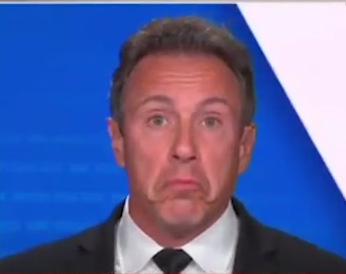2024 BNEF Investment Trends report just dropped: https://about.bnef.com/blog/global-clean-energy-investment-jumps-17-hits-1-8-trillion-in-2023-according-to-bloombergnef-report/
EU absolutely fucking BODIED lmao
The US did double its investment since last year (141B), China was previously at 546B.
Canada not even mentioned. Embarrassing.
Why aren’t we asking why China wants a habitable planet?
Life under capitalism is so miserable you wish for the world to end. So burgers actually want to speed up climate change in their death drive.
Accelerationism, but for the heat death of the universe.
So they can rule the world with an iron fist!!! Duh!
I’m sure we’ll get there but the talking points haven’t updated past just insisting that actually China is still the biggest polluter in the world, also what does per capita mean.
I don’t consider western/capitalist investments to equal the same as a chinese investment; America regularly just gives private corporations billions of dollars and they do nothing with it.
I was about to say, how much of that money was thrown at companies like Hyperloop and Tesla
hyperloop
presumably not enough, since hyperloop is dead lol.
It’s all just thrown into the stock market.
Just happened to be reading about afforestation today; particularly the Great Green Walls of China and Africa.
Curiously, the wiki article on the Chinese one has a dedicated ‘criticism’ section, while the African one does notsurprised natopedia doesn’t slander the Afrifan one too.
Yes, tho The Great Satan per capita investment is bigger than China’s
True but US investment is less efficient per dollar than China’s and US is also more power hungry per capita rhan China
They also have a larger GDP per capita
Correct way to normalize this data is how many dollars invested per GDP
American economy continues to be incredibly inefficient
china is reaching levels of basedness long thought impossible
But at what cost
676 billion
Whenever they have climate spending bar charts - there needs to be an extra bar for each country also showing military spending.
Assuming these are already all in US dollars.
United States:
3.031 x 10^11 dollars / 3.36 x 10^8 people = $902.1/person
China:
6.759 x 10^11 dollars / 1.45 x 10^9 people = $466.1/person
Adjusted for a PPP of 3.62, this is the equivalent of $1685.79/person.
In other words, the US almost doubles China’s per-capita spending, but if you adjust for PPP it’s the other way around. And of course China’s raw spending is about double the US’s.
I’ve never fully understood the full impact of what PPP really means - Does this mean China are committing more ‘productivity’ or ‘resource’ to renewables per capita? Or does it just mean that they’re committing more relative to their GDP/quality of life?
China purposely devalues the CNY against the USD. I believe that they do this because it’s beneficial for international trade. China’s investment in these areas is in CNY and therefore, just converting it to its value in USD doesn’t give a true comparison of the value of investment. PPP takes a collection of various commodities in both countries and compares their domestic prices with each other. This gives us the PPP adjusted value of investments in USD. Hopefully I got that right.
I believe that they do this because it’s beneficial for international trade.
Having a weak currency facilitates other countries buying your products, so it’s useful for an export economy - but it prevents you from importing as easily. The opposite is true for having a strong currency, and this dynamic drives a lot of things like de-industrialization in strong currency countries and unequal exchange extracting wealth from weak currency ones.
This graph just shows how the three (china, us, eu) are pretty much equal, adjusted for population. If anything, it looks like EU and US are ahead. Without more context, it doesn’t prove anything, other than China being the larger economy.















